TSR2 – Britain’s Lost Bomber
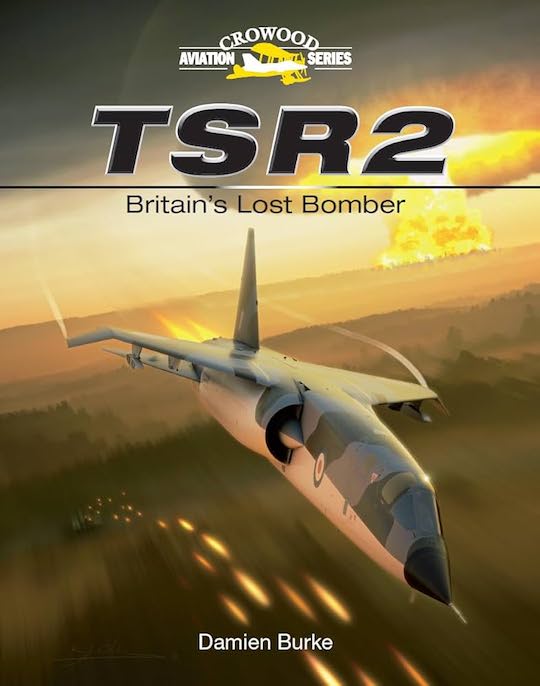 by Damien Burke
by Damien Burke
Developed in the late 1950s this revolutionary aircraft was cancelled in 1965 after only one prototype was completed and flight testing had just begun. The word “bomber” in the title alongside the program designation “TSR” (Tactical Strike Reconnaissance)—divergent roles that necessitate performance parameters that are not readily compatible—is already an indication of the friction that would first lead to a muddled development brief and later to political infighting, both in the government and the service, that would result in loss of support for and ultimate cancellation of this and other programs.
The story of British Aircraft Corporation’s TSR2, the last of the entirely home-grown military aircraft, is thus not only of interest in technical terms but also in the context of procurement, funding, geopolitical vision, military planning, and political will. This book ticks all those boxes in very detailed manner. Readers already familiar with the TSR2 literature will of course be aware that just a few months before Burke’s book came out, aviation writer/photographer Tim Mclelland’s TSR2 book (Classic Publications, 2010, ISBN 978-1906537197) was brought to market. At only 96 pages it is very different in terms of scope and style and is principally a photographic history of the prototype’s development with minimal reference to the different proposals and variants in the overall program or the political context. The books are sufficiently different to own either or both, depending on your needs.
Thanks to Burke’s publisher being amenable to increasing the page count once it was realized how much unpublished material was available—and also how much was lacking from previous treatments—this newest book introduces much new material into the record. Its level of detail in terms of context and background also make it a competent stand-alone book that thoroughly brings the new reader up to speed with regard to the political and tactical climate of the time. The lessons from WW II and Korea, Britain’s role in NATO, the atom and H-bombs, nuclear deterrence, and even vox populi are important storylines to grasp so as to fully appreciate just what this aircraft was expected to do, what it did better than or different from its predecessors and contemporaries—and why it was scrapped anyway despite its promise. Looking back, now, the reader will look in wonderment at the lack of clarity among the planners that would cancel the TSR2 in favor of the General Dynamics F-111 only to have that choice rescinded as well in view of escalating cost and development time, then the interim adoption of previously rejected alternatives such as the Blackburn Buccaneer and McDonnell Douglas F-4 Phantom II, and finally the commitment to bet big on the Panavia Tornado swing-wing. Millions of dollars/pounds, if not the fate of nations, ride on these matters and it is to Burke’s credit that his story contains this element.
In years of research Burke was able to draw on many primary sources. The builder of the plane made much previously classified material available for inclusion and several of the people who worked on it were consulted. Anticipating that even this degree of scrutiny may not answer all questions, the author created a dedicated website that lists errata and contains the sort of supplementary material that is normally missing from Crowood books, such as a Bibliography. There is even bonus material that can only be accessed by people who have the book in front of them and can correctly answer two questions about the text. Burke, incidentally, is a software engineer and so it is probably not surprising that his book even has its own Facebook page.
The book picks up the story around 1951 with the English Electric Canberra bomber and describes the various combat aircraft of the era that were evaluated—and found wanting—for the role of low-level, terrain-hugging strike aircraft (the “interdictor”) able to deliver a tactical nuclear or conventional weapon at supersonic speed and could also serve as photo reconnaissance platforms. Throughout the book there are several dozens of scale GA drawings (by the author’s own hand) and many artist’s impressions (mostly by BAE). Specially commissioned line and fine art, including the cover, is by digital artist Ronnie Olsthoorn who over hundreds of hours created a super-detailed 3D model of the TSR2 from original BAC and other drawings and photos. (Technical artists will want to visit his website and check out the tutorials!)
After detailing the procurement process and the type’s design/development/testing, the book covers RAF service plans, crew training, and ground support before presenting a big-picture take of the cancellation. A final chapter covers unbuilt versions and much of this material is presented here for the first time to the public. In terms of quality and selection the illustrations leave nothing to be desired. Callouts in technical drawings are mostly legible, and almost every aspect of the aircraft is shown from multiple vantage points. There are quite a few photos of the actual design and build phase and many shots of models in the wind tunnel. The finished prototype is shown static on the ground and air-to-air. Individual components and systems are covered/shown in good detail. Appended are reprints of various official documents (GOR.339, OR.343), crew drills (Flight Reference Cards), and a section of color profiles from XR219 to XR222. Detailed Index.
Copyright 2011, Sabu Advani (speedreaders.info).


 RSS Feed - Comments
RSS Feed - Comments
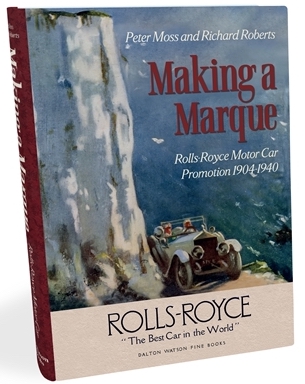
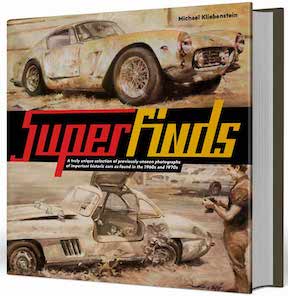
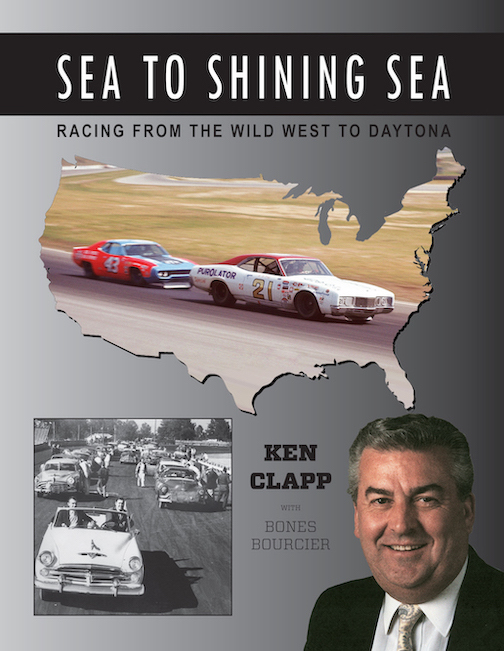
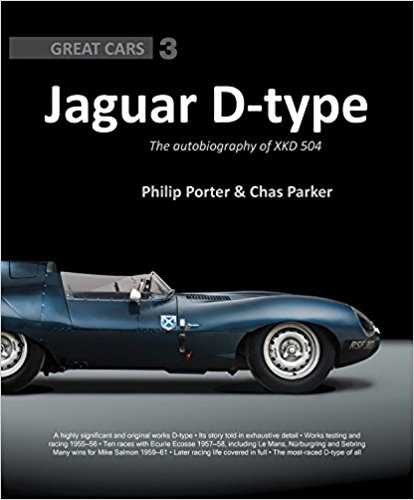
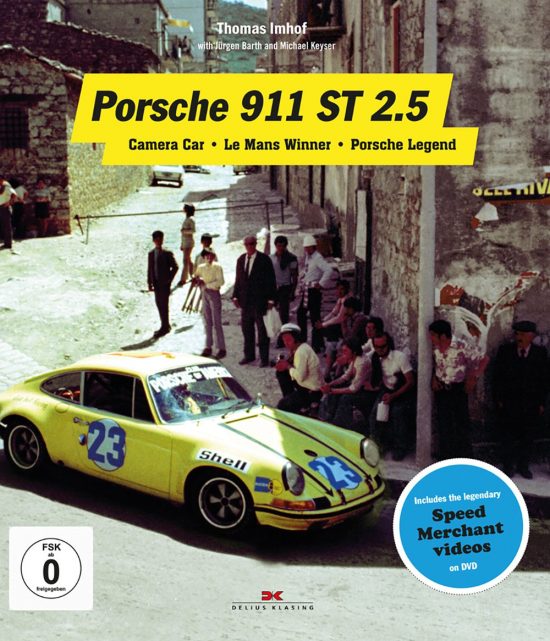
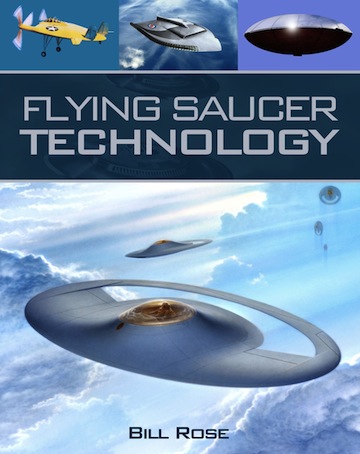

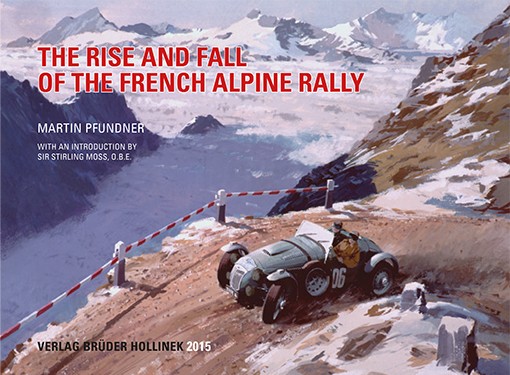
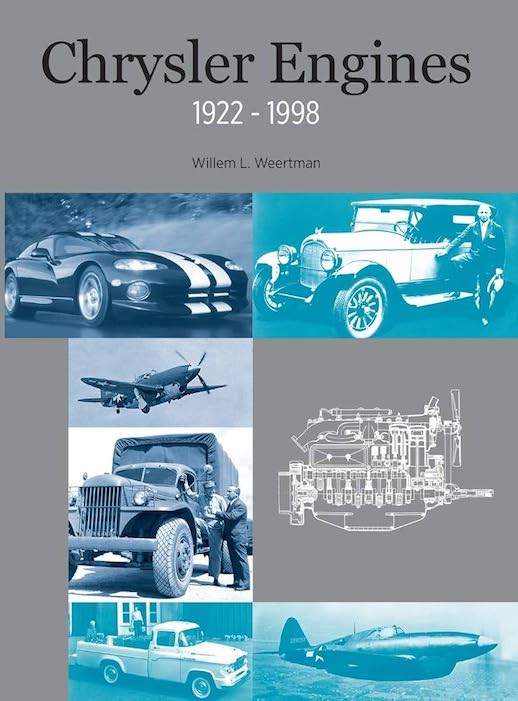


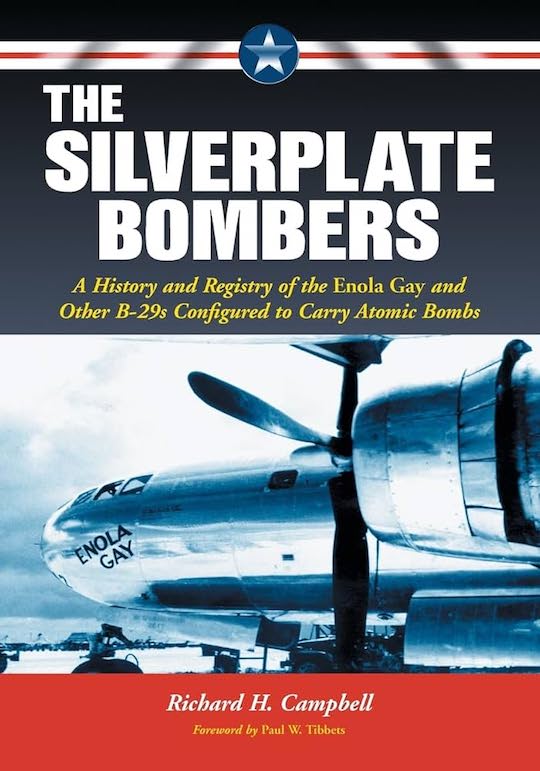


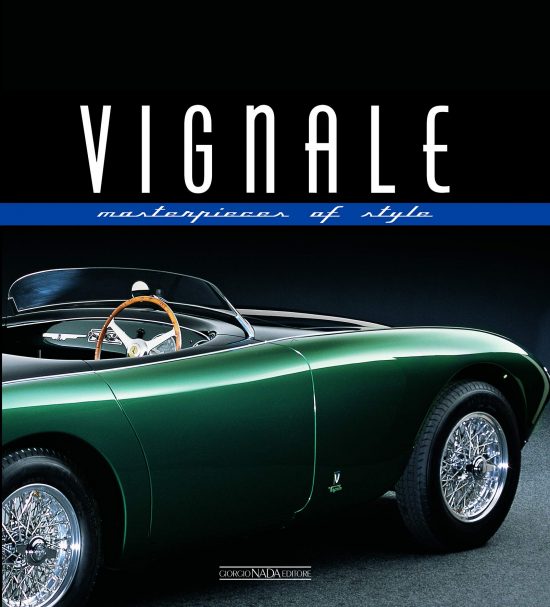
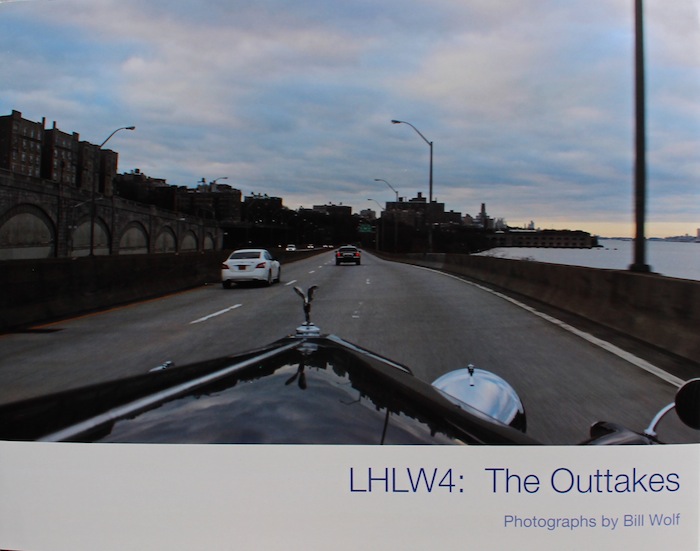
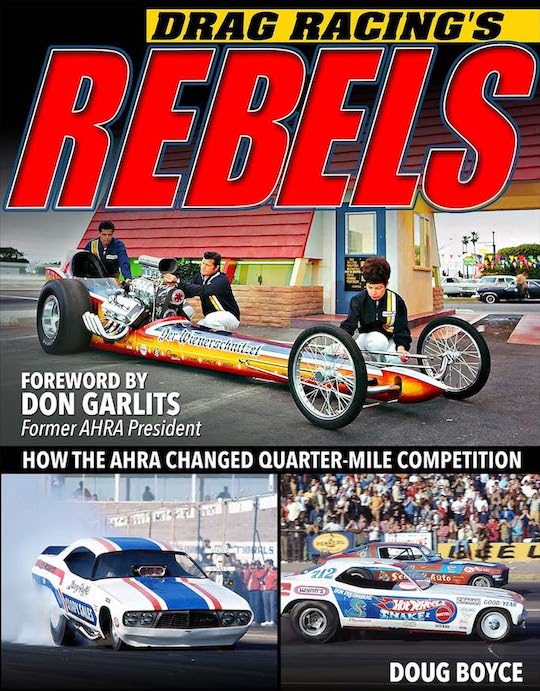

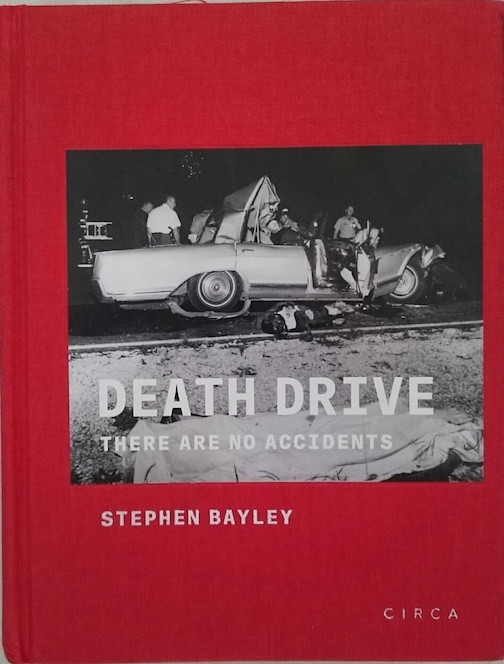
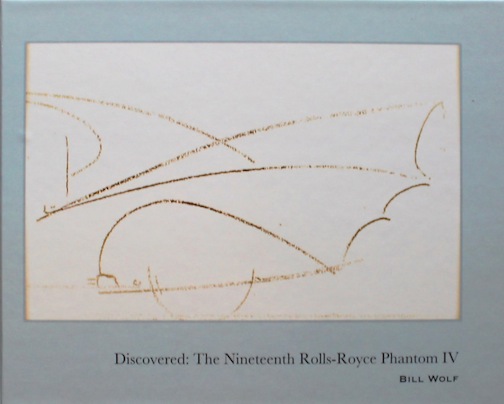

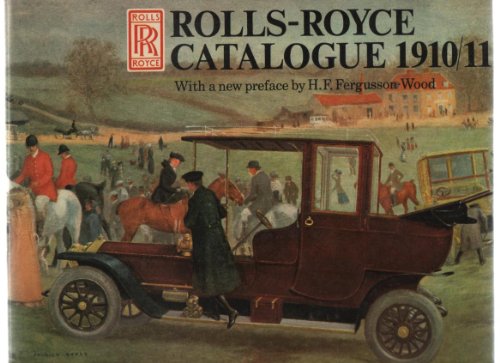
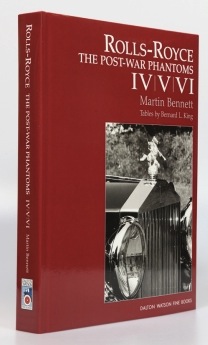
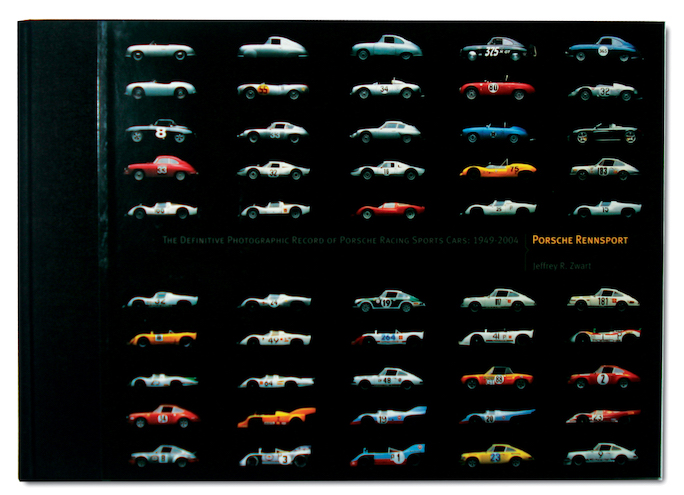
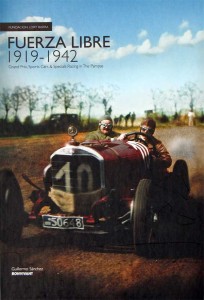

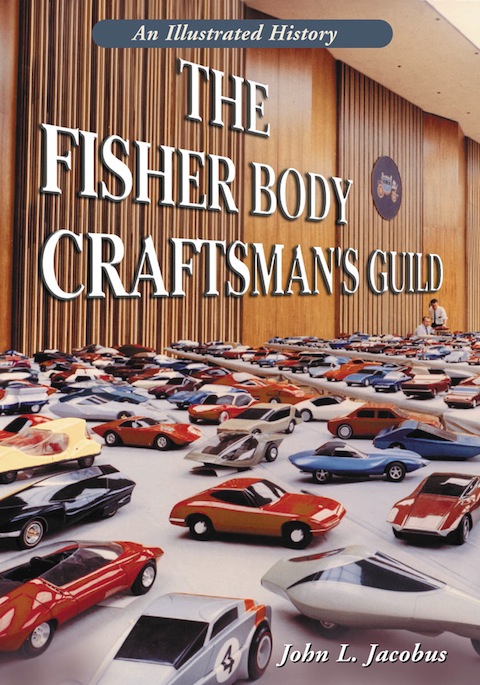
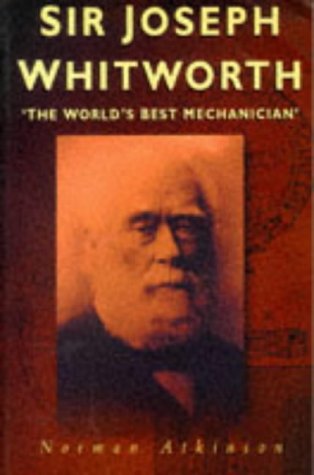



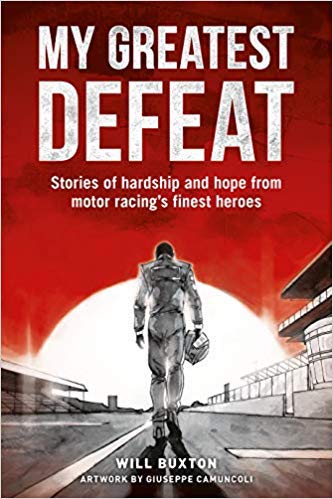
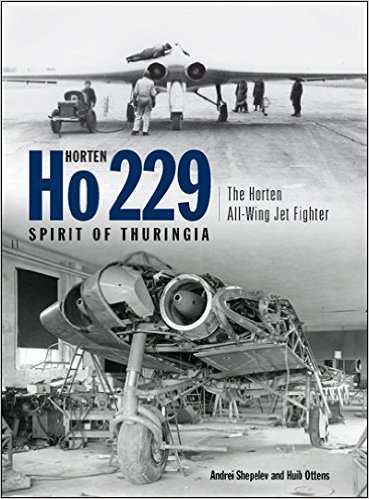


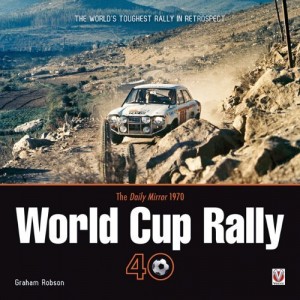
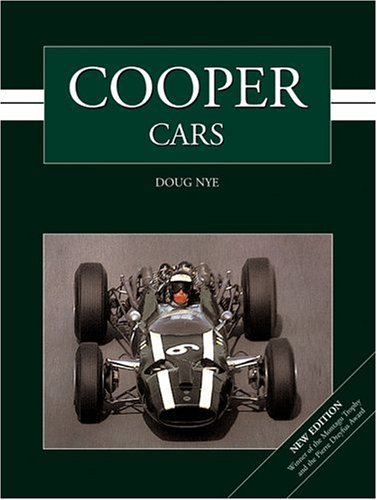

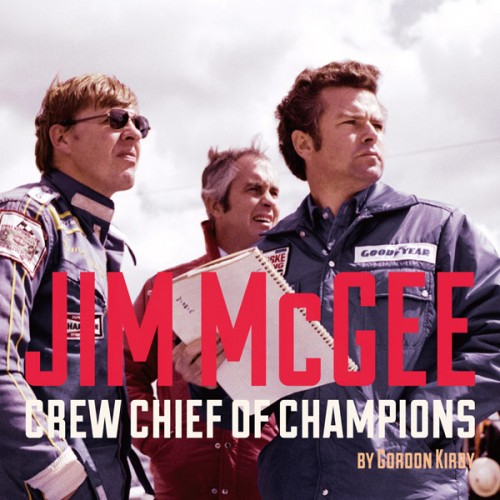
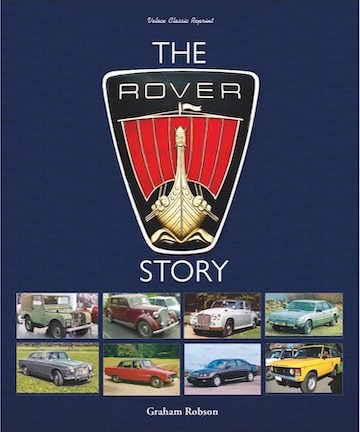

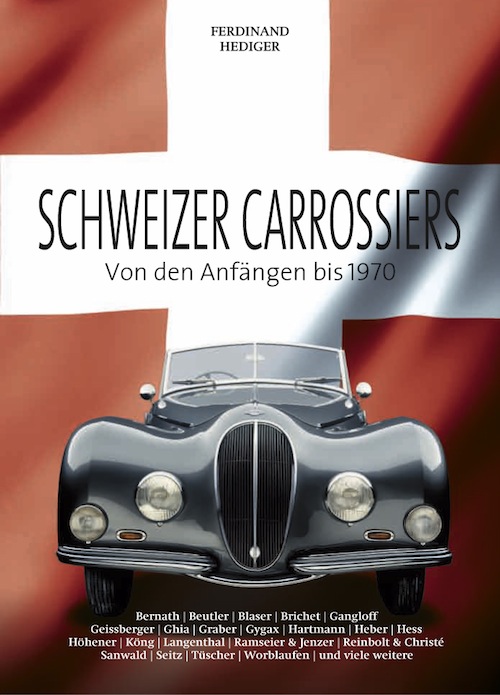
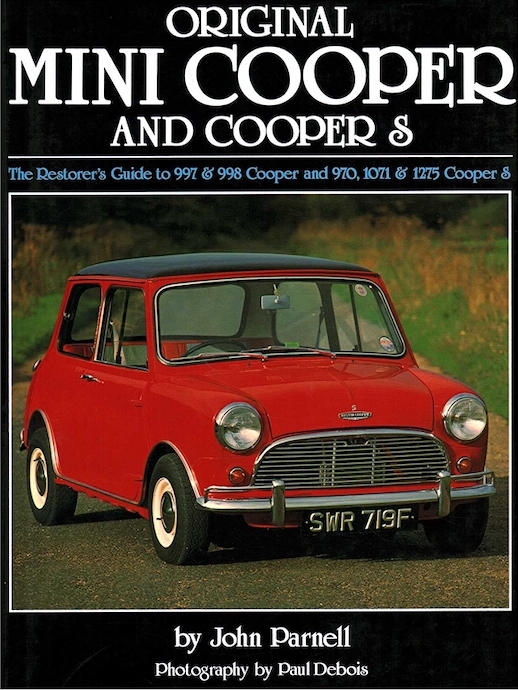
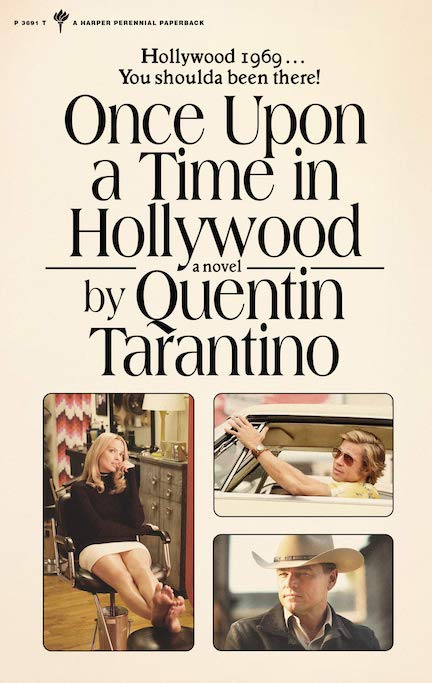


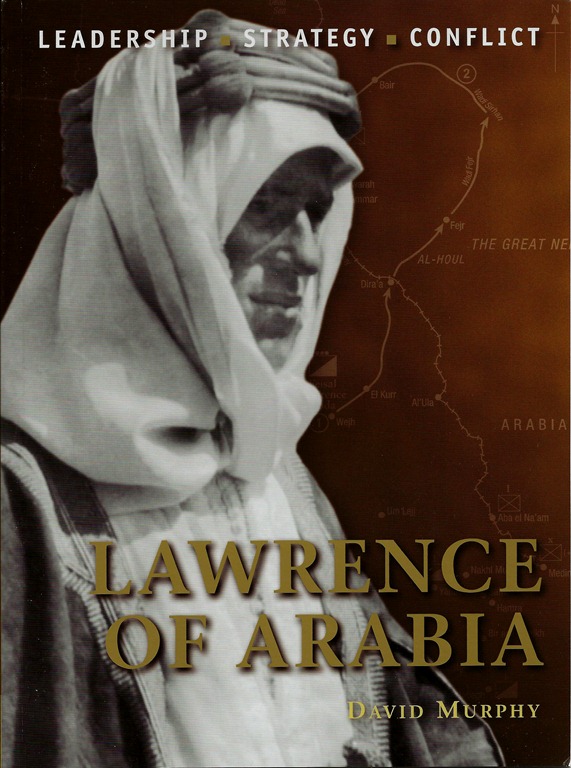


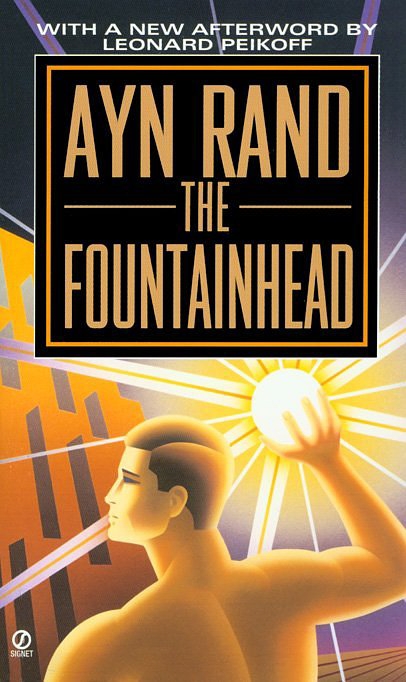




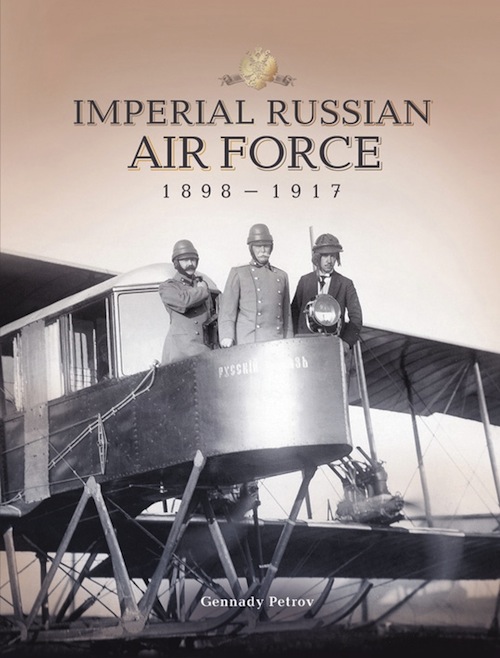
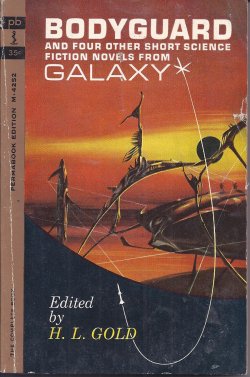

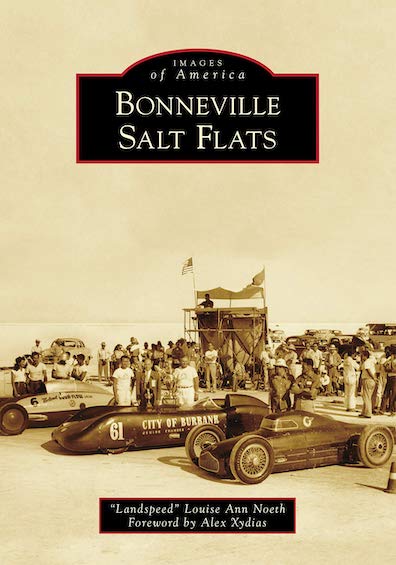

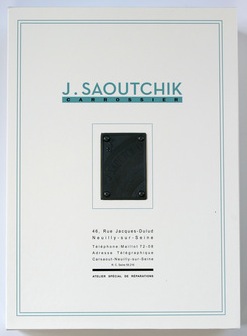
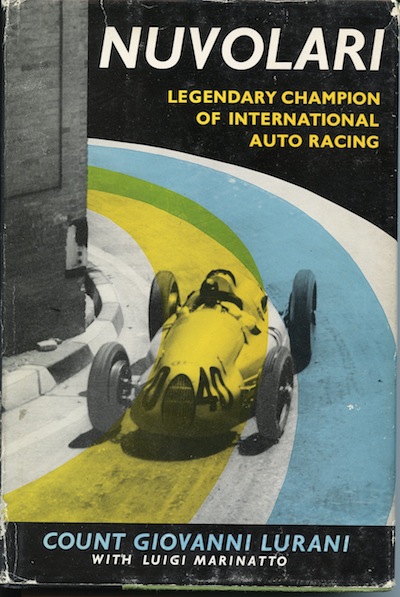

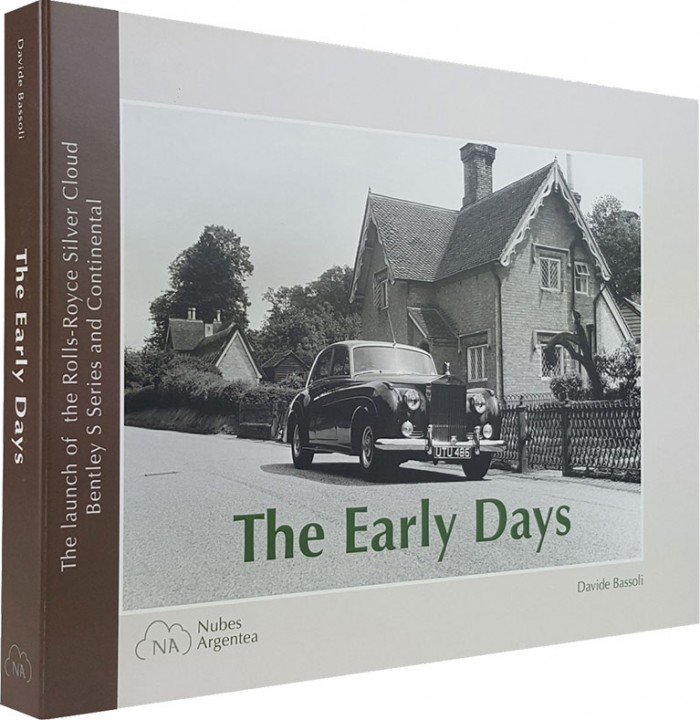
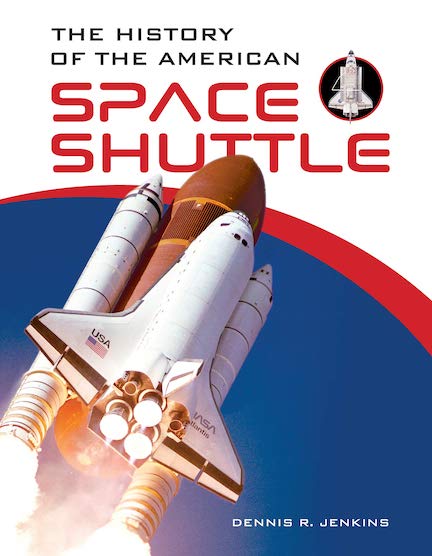
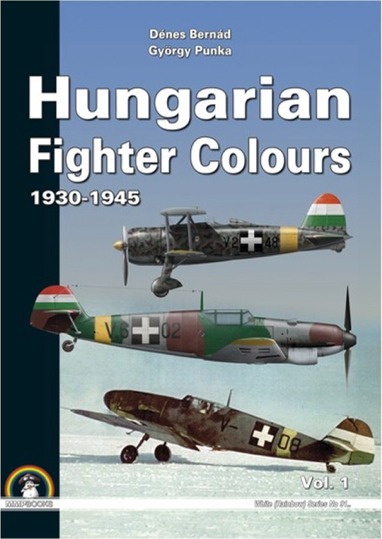

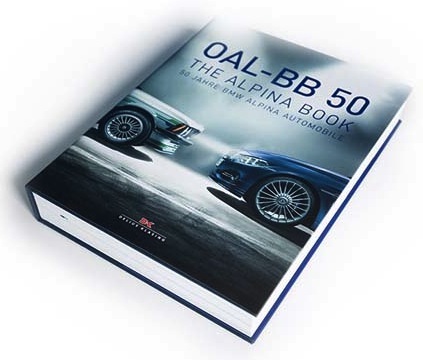
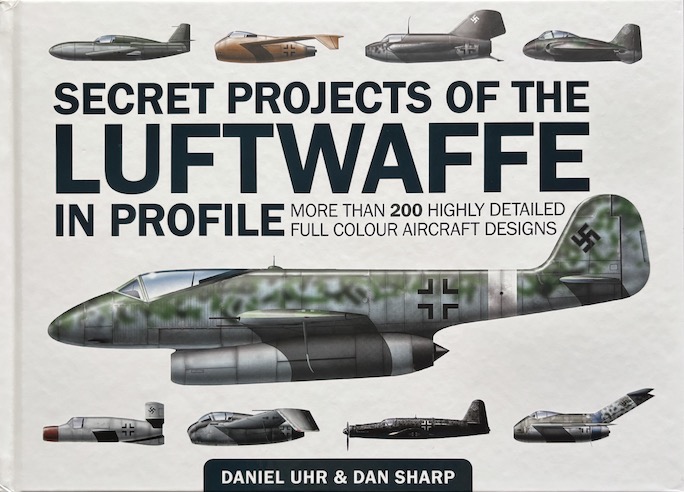
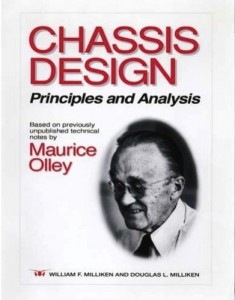

 Phone / Mail / Email
Phone / Mail / Email RSS Feed
RSS Feed Facebook
Facebook Twitter
Twitter